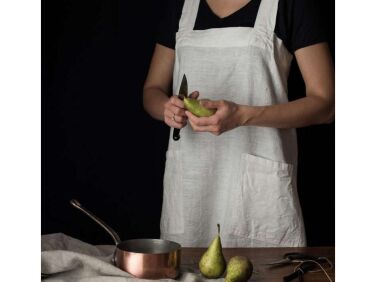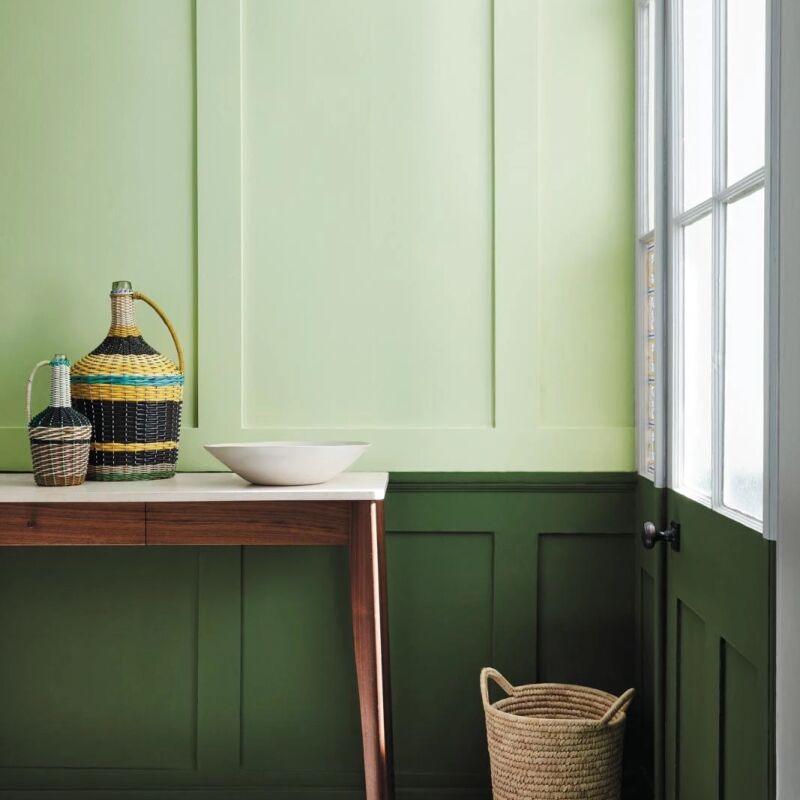This just in from our longtime friend Tricia Rose, owner of Northern California company Rough Linen and a self-described coastal grandmother who lives (literally) in a boathouse perched on the edge of San Francisco Bay. Here’s her take on the Coastal Grandmother:

“The term Coastal Grandmother originated on TikTok by Lex Nicoleta, herself a decidedly un-grandmotherly twenty-six year old. It refers to a woman of confidence and comfortable means, who chooses exactly what she wants in her life, unswayed by trends or glitz. She cares more about how she spends her time and attention than her money, and she is highly selective.
“The Coastal Grandmother’s aesthetic is based in elementals: clean air, fresh flowers, comfortable and considered choices. She likes real—fabrics, wood, natural tones. She, like, Oscar Wilde, is always satisfied with the very best, but she is not elitist. She is as likely to have her bedside water in a swing-top bottle filled from her Sodastream as to stock up on San Pellegrino, she prefers flowers from her garden to shop-bought. Long ago she donated everything she doesn’t need or doesn’t like. (Coastal Grandmother doesn’t ‘love’ things, she saves love for living creatures.)

“If Coastal Grandmother is an aspirational term, it is only in terms of maturity. She has winnowed the wheat from the chaff, she suits herself. You have probably seen her at a farmers’ market, in linen pants and shirt, a big straw hat, and flattering, amusing glasses, carrying a woven bag she picked up on vacation, wearing ridiculously expensive sandals because they are comfortable. She favors texture and natural tones, but has a soft spot for bright color too, maybe her table napkins (always linen), and in flowers.

“She eats exactly what she wants, real bread, real coffee. Her dinner might be a glorious, colorful salad or toast and a glass of milk. She swims in the sea. She wears makeup when she feels like it, but couldn’t be bothered to contour. She sleeps well, in linen sheets, and wakes refreshed, bien dans sa peau.
“The coastal grandmother aesthetic is not an identity restricted to those born on a sloop or near a picturesque lighthouse. ‘You can be a Coastal Grandmother whether or not you live by the coast, and whether or not you’re a grandmother,’” Lex says.

For more on Rough Linen:
- 7 Tips for Creating a Low-Key, Romantic Bedroom with Tricia Rose of Rough Linen
- Expert Advice: 6 Tips for Making the Spare Room Guest-Ready, with Tricia Rose
N.B.: This post is a rerun; the original story ran on June 1, 2022 and has been updated with new information.





Have a Question or Comment About This Post?
Join the conversation (0)